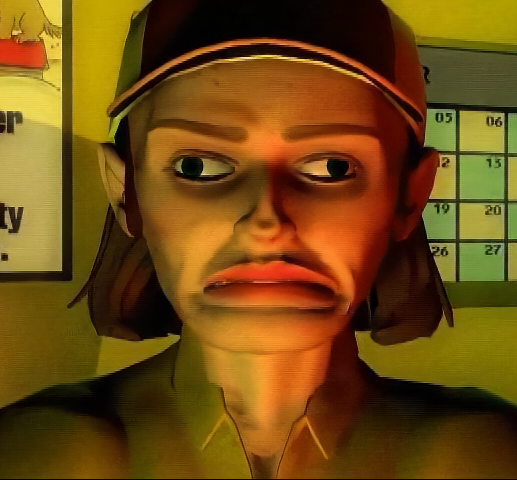But it IS how we see prices. If there weren’t science behind it, they wouldn’t be doing it.
deleted by creator
From my experience working in retail I’ve seen people say out loud something like “oh, it’s only 4 dollars!” When the sticker says $4.99. This shit apparently works on a lot of people for some reason.
I do that with gas, but everybody knows the .9 cents are implied.
I think I’ve heard a couple people do this. One directly in response to me saying it was $5 lol.
I’m not sure it works on me. Not because I’m some super human resistant to advertising (I’m not) but because I’m so bad at math that when they start asking me about anything involving small change I tune out and overestimate by 50% rounded into nice whole numbers.
“This is 19.99”
“Okay so it’s basically 30$.”
It gives me nice surprises sometimes when I get my receipt.
You have to be, like, better at math to do that though?
Decimals are the devil’s work.
You can remove the decimal then add it back at the end
15.50
Is
1500
Half would be 775
Or 7.75
Using whole numbers can be easier when estimating
Most people are idiots most of the time.
Some people are idiots some of the time.
No one is never an idiot.
This is called: Left Digit Bias
It never works on me. I was taught at a very early age that pricing down by one cent of one dollar is a psychological trick and that I should round up to the nearest whole number.
Funny thing is, it still works.
On people who are actively trying to compensate for it, or did you just mean the overall population?
same way placebo still works (to a degree) even when you know it’s placebo
your subconcious is not logical, and no amount of conscious logic will fully defeat its influence
to think yourself immune is foolish and dangerous, that’s when you allow it to work even better as you “logically” explain away every manipulation you were influenced by, and convince yourself you made a decision fully by yourself. The danger gets even hotter when it comes to political propaganda that uses the exact same tricks as marketing
Yes, for the general population. Otherwise, companies will stop the psychological pricing. Same with corporate snooping to see our shopping and grocery habits and then send us with targeted ads.
that’s the important caveat:
it does NOT work on everyone, but that’s irrelevant.
if it works on even 1% of people, but has zero effect on everyone else, companies would still use it everywhere anyways.
a 1% difference over even just a couple thousand customers adds up over time.
so, no, it doesn’t work on everyone, and it doesn’t have to.
it just has to work on some people, and not deter any more people than it works on.
if anyone wonders when it does and does not work: like most of these psych-tricks the effect mostly disappears when you point it out to people or otherwise make them actively think about what they’re buying.
same for the change-the-layout-of-the-store-all-the-time thing: doesn’t work on all people, doesn’t have to.
On idiots. So on probably around 40% of population.
It actually works on smart people too.
Not really.
The amount of times I’ve watched Youtubers say something like “35 dollars” while showing an image that shows the price as $35.96 happens too often for me to side with OP lol, sorry.
I generally round up to nearest bigger number or close to that. $19.99 is $20. $23.99 would probably be $25. $180 would just be $200.
No real rhyme or reason, just the bigger the number the more I fudge the “real” price upwards thanks to sales tax and a “can I really afford this?” factor.
Honestly I just want tax included on the price tag.
That’s an American problem too
I always round up the price when I see $X.99 but my grandmother always rounds it down and it pisses me off
They’re trying to fool you! Don’t be a sheep!!!
I always round way up because sales tax is so high here. 17.99 = $20. I’m usually within the $1 range when I check out.
Still boggles my mind that tax is not included in the price in the US.
It encourages more consumption
Hmm, this is the first time I get this argument, and I think you are on point.
They may list it as $19.99 but I’m always going to call it twenty bucks and eleven cents.
Also “
200100” is very different from “100”.Because it is how we see prices. It takes a bit of effort to see it as 20.
Doesn’t it have its roots in forcing clerks to give change and recording the sale (rather than pocketing the money)?
It doesn’t take much to convince the people in charge they’re right. Usually the amount is minimum wage.










